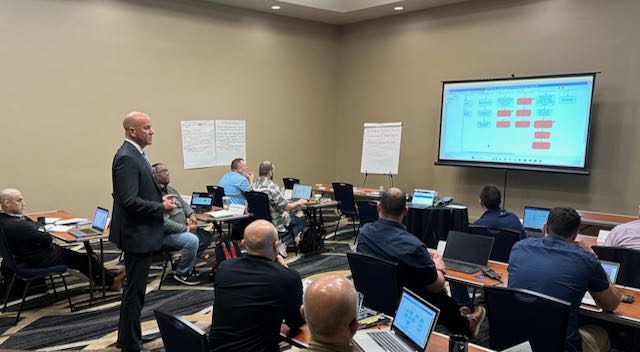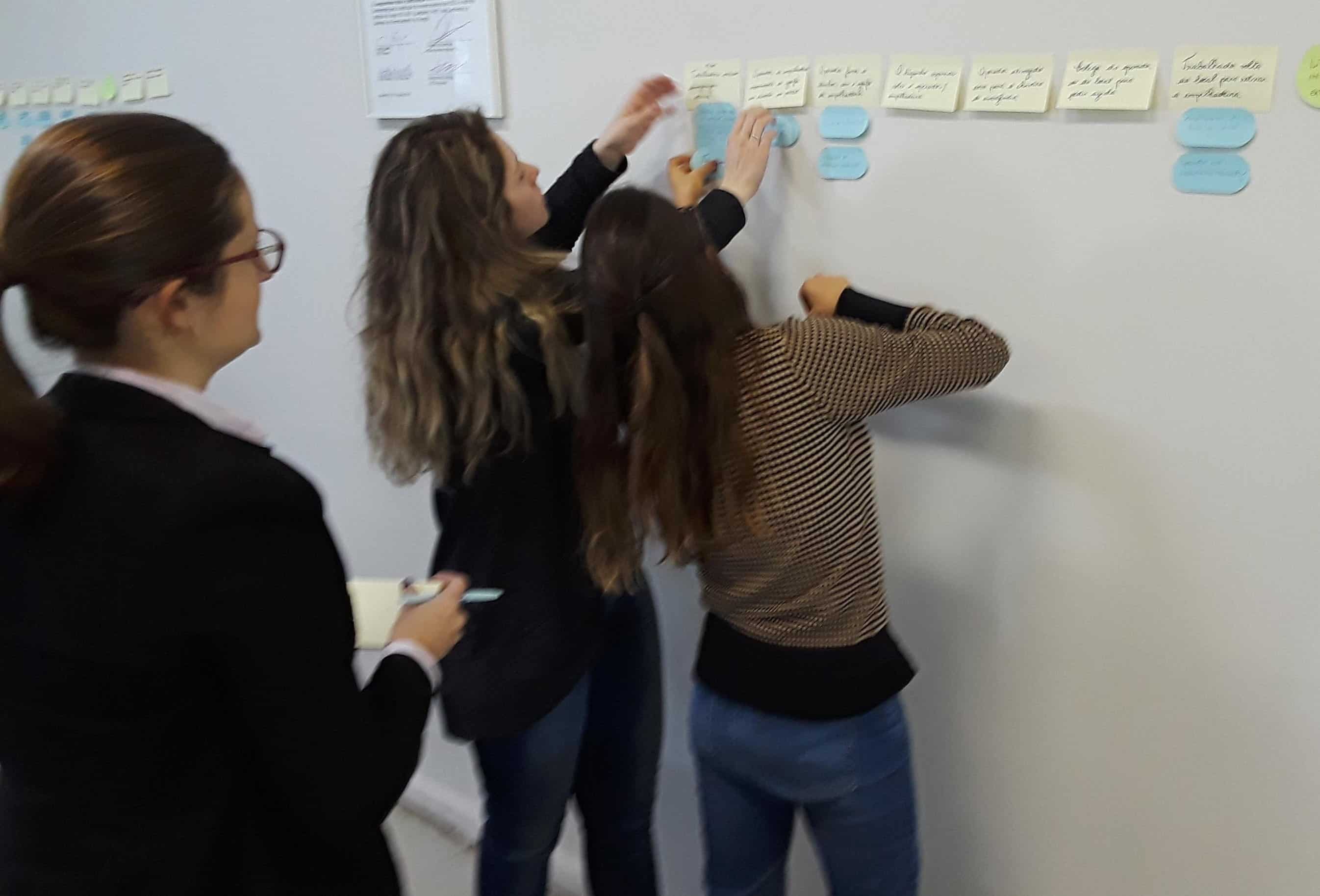SIF/Process Safety Accident Indicators

What Should You Look for to Prevent Major Accidents?
People often ask me, “What are accident indicators?” What should they look for when performing audits to help prevent major accidents? Of course, there are variations in the answers to these questions depending on the industry. However, I thought about performing audits for SIF (Significant Injury and Fatality) and Process Safety accident prevention and used my experience to come up with this TOP 20 list (in no particular order):
- Well-written procedures that are revised quickly if necessary.
- Procedures are consistently used in the field.
- Systems are in place to prevent worker fatigue.
- Use of formal communication techniques (3-Way Communication).
- Attendance at, frequency of, and quality of training.
- Use of Lockout/Tagout.
- Quality of pre-job briefs.
- Use of worker pre-job hazard assessment.
- Use of work permits/work orders.
- Use of hot work permits.
- Use of Management of Change.
- Supervisors in the field supervising work.
- Process in place and used to get small problems fixed quickly.
- Effective use of a “good catch”/near-miss reporting system.
- Small or no maintenance backlog.
- Corrective actions from incident investigations or audits are implemented quickly.
- Good housekeeping.
- Management has good technical knowledge of processes.
- Good use of peer/supervisor observations and effective fixes of problems that are identified.
- Supervisors and management support the use of all of the above.
I tried to write all the items as a positive statement but you could rewrite them in a negative format. For example, instead of a well-written procedure, you could look for poorly written procedures.
But I think that’s a pretty good list. Do you have additions? Leave them in the comments below.
What if you don’t know what a good procedure looks like? Read on for some suggestions…
Developing an Audit Protocol
TapRooT® Users have excellent guidance for developing an audit protocol. For example, what does a bad procedure look like? Refer to the TapRooT® Root Cause Tree® Diagram…

The Procedure portion of the Root Cause Tree® Diagram and the definitions in the Root Cause Tree® Dictionary plus the improvement ideas in the procedures section of the Corrective Action Helper® Guide provide an outline of what an auditor should be looking for when evaluating whether a procedure is good or bad.

If you haven’t already been trained in the TapRooT® RCA Techniques including the Root Cause Tree® Diagram, CLICK HERE for more information and CLICK HERE for upcoming public TapRooT® Course dates and locations.
Auditing for Human Performance Best Practices
Another idea for performing field audits to improve safety, quality, and human performance is to audit for human performance best practices. But what practices work (best practices) and which one should your company adopt? That is a question that we answer in the 2-Day Stopping Human Error Course.

If you are interested in developing a set of human performance tools that best fit your company’s practices and culture, you should plan on attending the upcoming Stopping Human Error Course in Knoxville, TN, on September 29-30 (just before the 2025 Global TapRooT® Summit.
The Summit has a track to help you share and benchmark human performance best practices. What is in the Human Performance Best Practice Track?

For details, click on the figure above.
Improving Your Audits
Would you like more ideas about improving audits and assessments? Then consider attending the Auditing & Proactive Improvement Using TapRooT® RCA Course. It is also being held on September 29-30, just prior to the 2025 Global TapRooT® Summit.

SAVE When You Register for a Course and the Summit
When you REGISTER for one of the pre-Summit Courses and the Summit, you get a $300 DISCOUNT off the combined course and Summit fee. See all the potential discounts below.

To find out more about the 2025 Global TapRooT® Summit including information about the Keynote Speakers, the eight Best Practice Tracks, the outstanding networking/benchmarking opportunities, and the Summit Guarantee, CLICK HERE.




